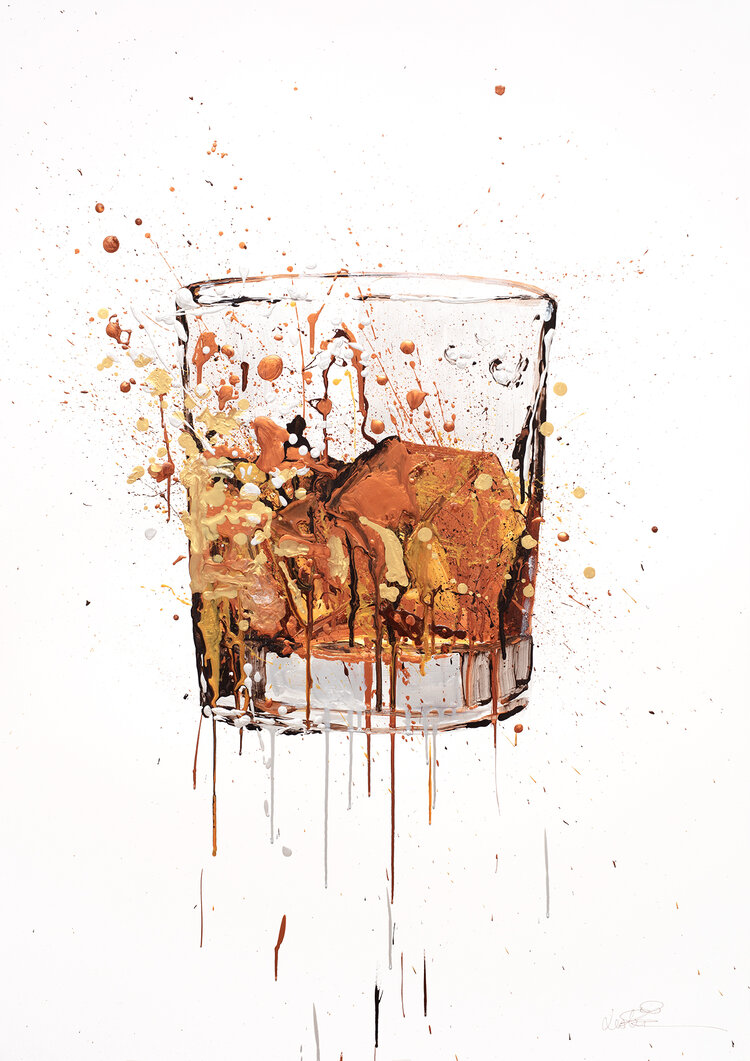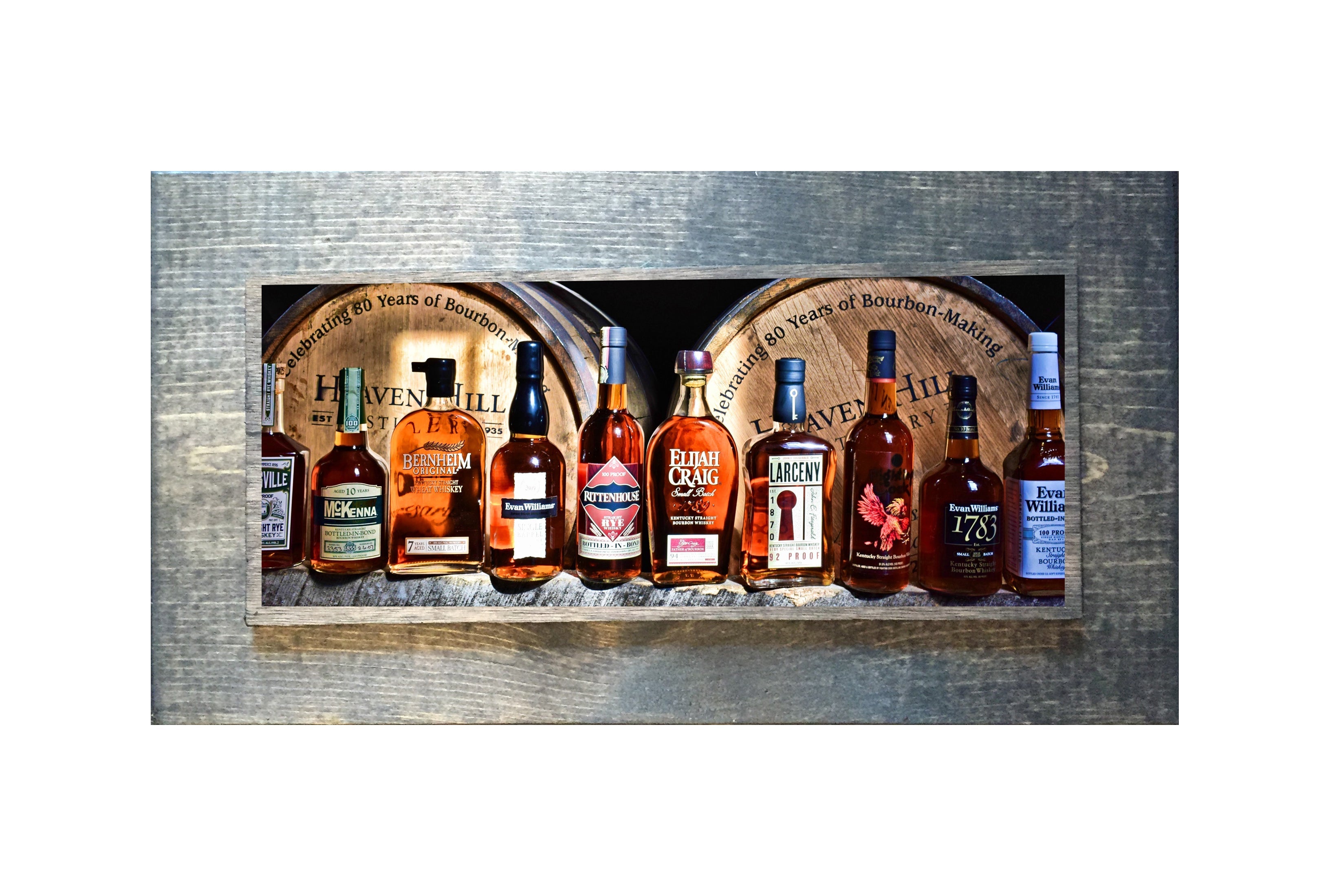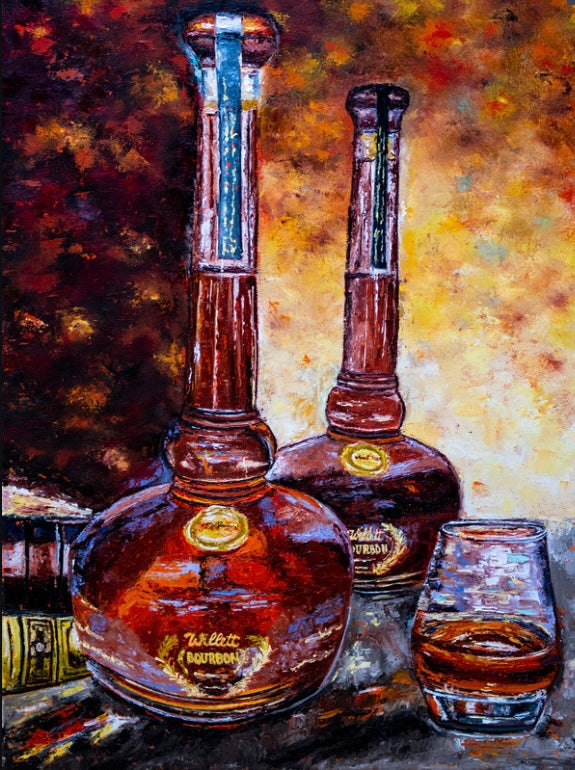The Importance of Whiskey Art in Celebrating Heritage and Workmanship in the Beverage Industry
The intricate relationship between scotch art and the event of heritage and craftsmanship within the drink sector can not be overstated. With thoughtfully made bottles and labels, scotch brands envelop their historic roots and the artisanal skills that specify their manufacturing techniques.
The Historical Origins of Whiskey
At the heart of whiskey's appeal lies a rich tapestry of historic roots that map back to old worlds. The beginnings of whiskey can be linked to the distillation practices of the Sumerians and Babylonians around 2000 BCE, where very early kinds of fermented grain drinks started to arise. Nonetheless, it was in the Center Ages that the art of purification developed dramatically, specifically in Ireland and Scotland, leading to the creation of whiskey as we recognize it today.
The term "scotch" itself originates from the Gaelic word "uisce beatha," suggesting "water of life." This expression underscores the cultural importance of whiskey in Celtic societies, where it was typically connected with routines, celebrations, and common bonding. By the 15th century, purification came to be an acknowledged craft within reclusive areas, paving the means for the establishment of legal distilleries.
As trade routes expanded, bourbon's popularity grew, going beyond regional limits and recording the interest of lovers worldwide. Whiskey Art. This historical trip shows not just the workmanship behind whiskey production but also its essential duty in social and social contexts, marking it as a substantial beverage throughout history
Artistic Expression in Branding
Scotch branding stands as an engaging junction of virtuosity and commerce, where visual identity plays a vital role fit customer perception. The aesthetic appeals of bourbon labels, packaging, and advertising materials show not only the brand name's tale yet also its core worths and heritage. With imaginative expression, distilleries convey a narrative that resonates with customers, stimulating feelings and stimulating connections.
The usage of shade, typography, and images in branding offers to distinguish items in a saturated market. Typical motifs might stimulate a feeling of credibility and workmanship, while contemporary styles can represent technology and forward-thinking. This calculated creative instructions enhances brand name recognition and loyalty, enabling consumers to forge an individual relationship with the whiskey they choose.
Additionally, artistic expression in branding often acts as an event of regional heritage. Distilleries frequently incorporate local symbols or historic referrals right into their styles, producing a sense of location that welcomes customers to participate in a broader social experience. Eventually, the artistry behind bourbon branding not just boosts visual appeal however likewise improves the overall narrative of the brand, cultivating a deeper gratitude for the craftsmanship and heritage embedded in each container.
Craftsmanship in Container Design
The virtuosity evident in bourbon branding prolongs beyond visual identification to incorporate the workmanship entailed in container design. Each container functions as a vessel not just for the spirit within, but additionally for the tale it tells regarding its high quality, origin, and tradition. The layout process calls for careful attention to information, as components such as form, material, and closure add significantly to the total assumption of the bourbon.
Workmanship in bottle design involves picking top quality glass that can enhance the scotch's color and quality, while additionally offering a responsive experience for the consumer. The shape of the container should be both aesthetically appealing and functional, often showing the heritage of the brand name. Numerous distilleries choose for one-of-a-kind shapes or printed logos that evoke a sense of credibility and history.
Additionally, the label design and typography play a vital duty in communicating the brand name's story. Bourbon Art. A well-crafted bottle not just captivates the customer's eye however likewise enhances the brand name's commitment to high quality and tradition. This way, the workmanship of bottle design comes to be a vital element of the whiskey experience, merging creativity with an extensive regard for heritage
Cultural Value of Scotch Art
Celebrating practice and workmanship, the cultural importance of bourbon art transcends simple aesthetic appeals, linking with the historical and social narratives of the regions from which it comes from. Each bottle functions as a canvas, portraying the distinct stories, mythology, and customs that have actually formed regional whiskey-making techniques. The intricate styles usually mirror the heritage of the distillers, integrating signs and themes that resonate with the society and values of their communities.

On top of that, scotch art plays an essential duty in public events and parties, functioning as a substantial link in between people and their shared experiences. By valuing the virtuosity in whiskey product packaging, customers cultivate a much deeper understanding and regard for the craft, ultimately improving their satisfaction of the beverage click reference itself.
Modern Trends in Scotch Presentation
In current years, the discussion of scotch has actually developed to reflect contemporary preferences and patterns while still honoring standard workmanship - Whiskey Art. Distilleries are progressively concentrating on visual aspects that improve the overall alcohol consumption experience, linking the space in between heritage and modernity
Ingenious container layouts have actually emerged, frequently including sustainable products and creative labels that inform compelling tales. Several brand names now team up with neighborhood musicians, infusing their products with special visual expressions that resonate with customers. Additionally, limited-edition releases are commonly packaged in collectible containers, including worth and allure for connoisseurs.

Conclusion
Finally, whiskey art offers as a crucial channel for revealing the heritage and craftsmanship fundamental in the beverage industry. Via intricate branding, cutting-edge bottle designs, and culturally significant artistic components, bourbon brands efficiently recognize their customs and get in touch with consumers. This imaginative story not only boosts the gratitude of scotch but additionally enhances neighborhood identity and pride amongst manufacturers. Ultimately, whiskey art plays an important duty in preserving and commemorating the rich cultural tapestry of whiskey-making.


Craftsmanship in container style entails selecting premium glass that can boost the whiskey's shade and clearness, while also supplying a tactile experience for the customer. In this method, the workmanship of container design ends up being an essential facet of the whiskey experience, merging artistry with a profound regard for heritage.
In verdict, scotch art serves as a vital conduit for revealing the heritage and craftsmanship inherent in the beverage market.
Comments on “The Attraction of Realism Art: A Deep Study Whiskey's Rich Heritage”